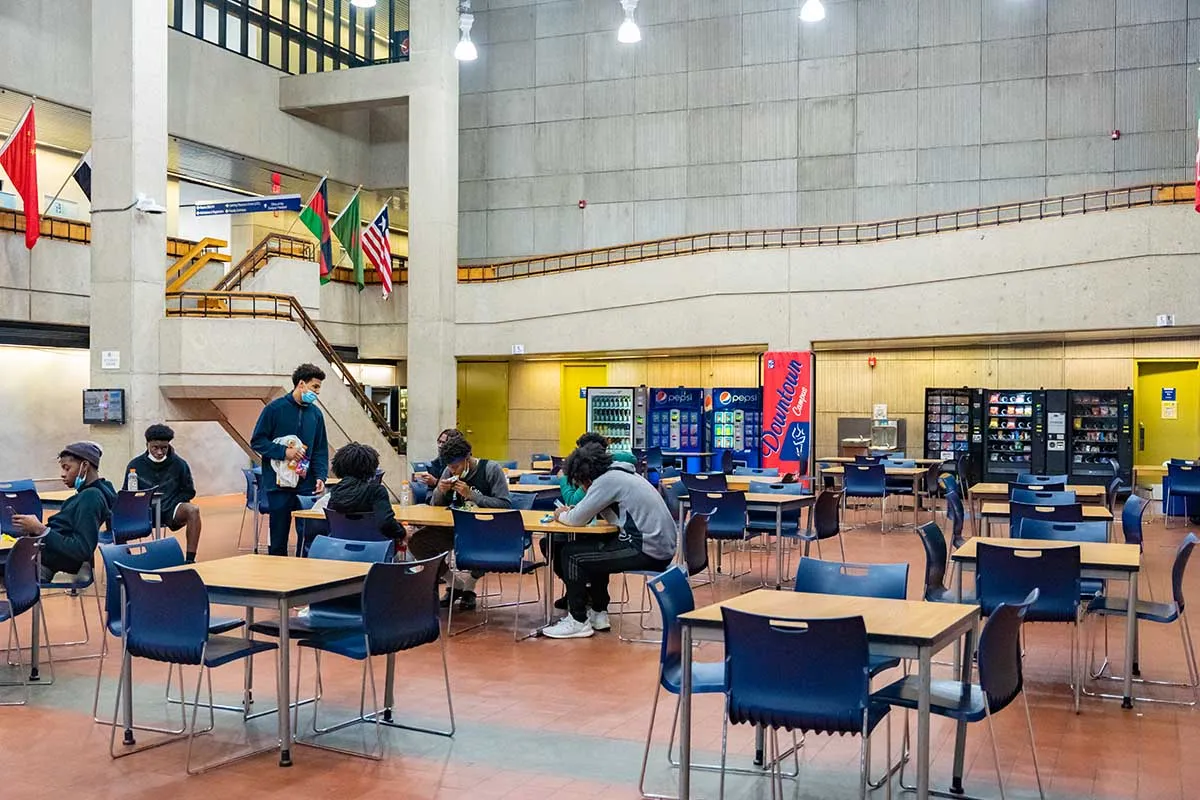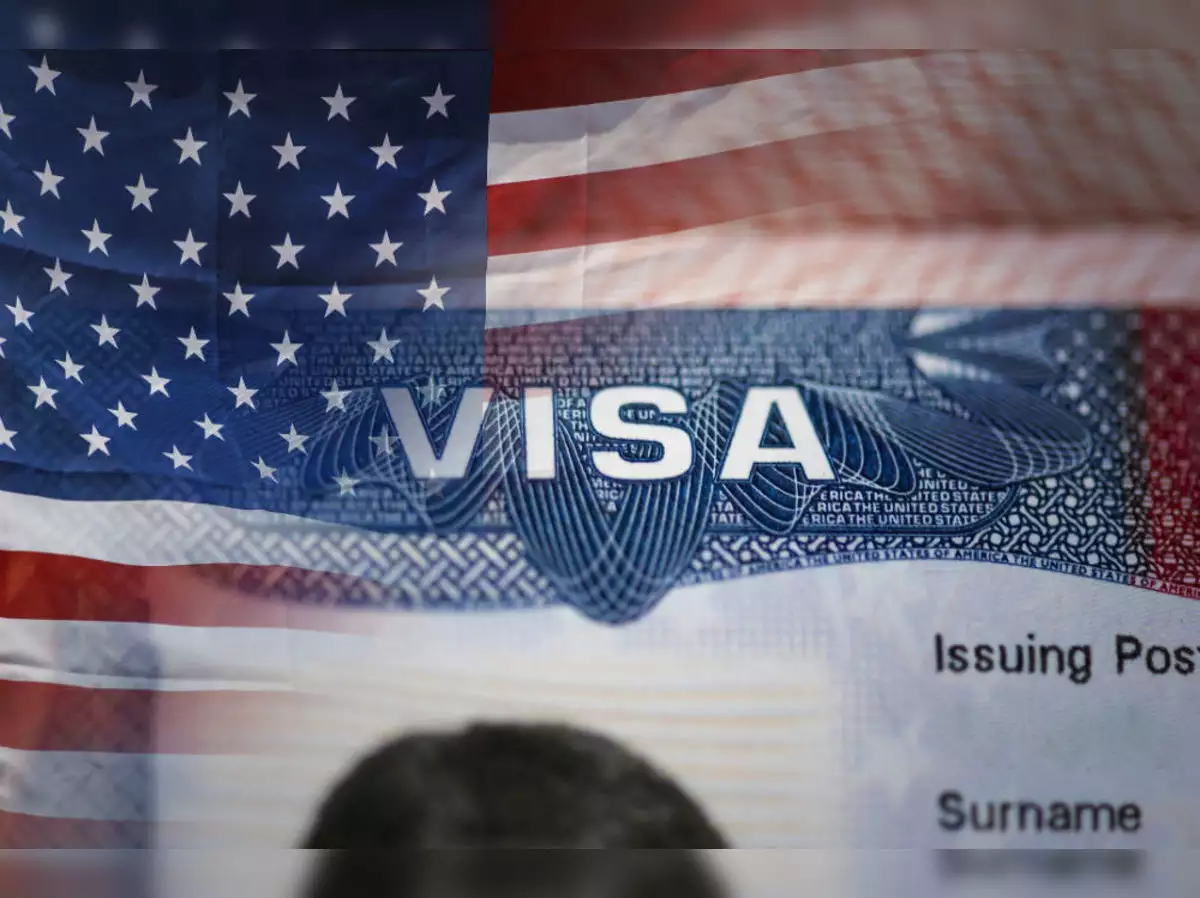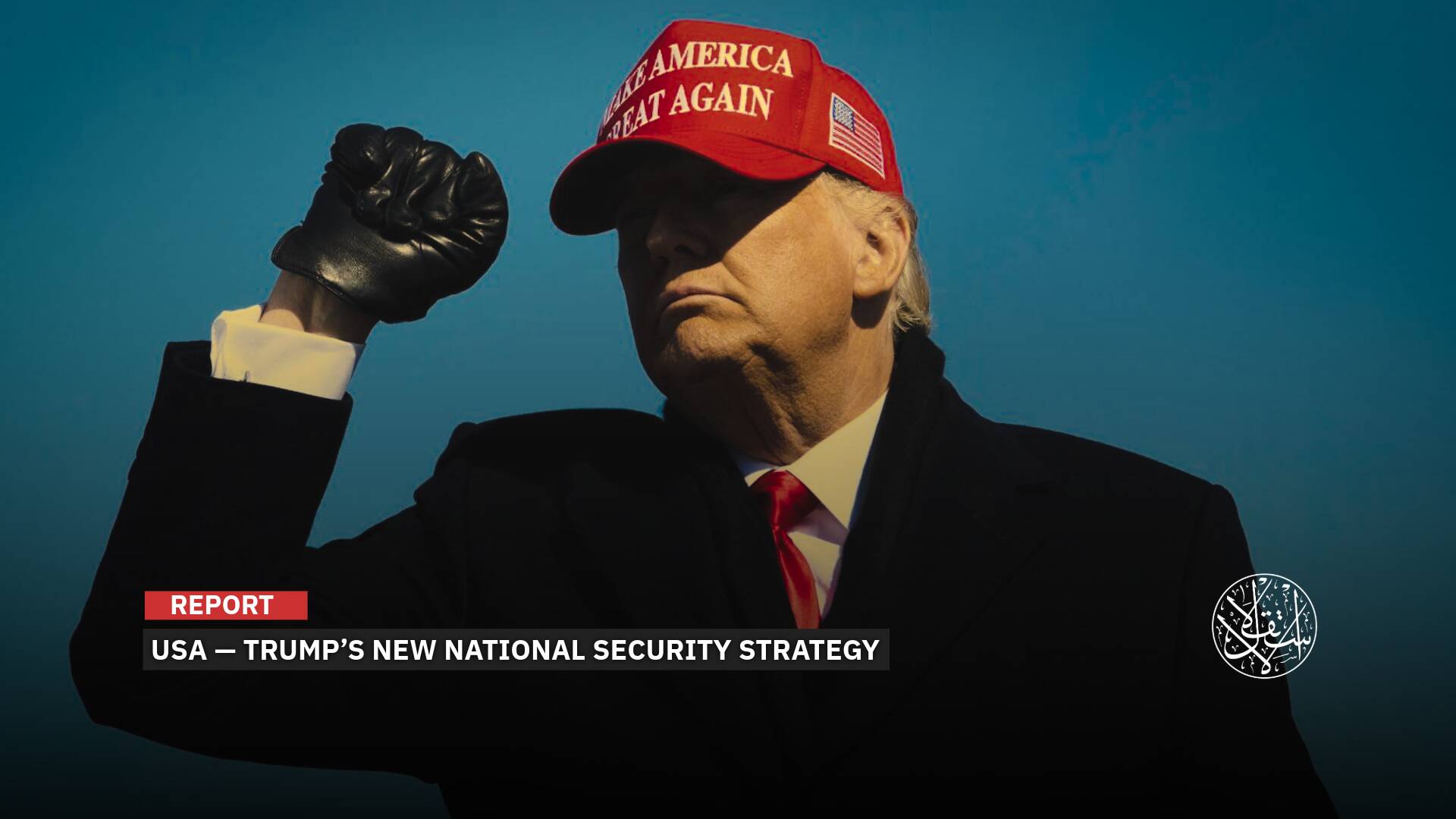For These Reasons, Vocational Students Immigrate to the US

The US has long been the number one country in the world when it comes to welcoming international students to its home turf due to its unrivaled reputation for education, innovative curricula, rich multicultural society, and future career opportunities.
In contrast to many other countries, vocational students in the United States have great opportunities to work and master the vocational techniques required in the labor market. This is what prompts many professional students to choose the United States as a major destination for immigration.
The suicide of a Chinese vocational student who was abused after being forced to apprentice in a factory has sparked a long-running debate about technical studies’ benefits in China.
Yu, 17 years old, was found to have committed suicide in his room in the industrial zone in Shenzhen, and those close to him said that he suffered from psychological problems because he was forced, days before his suicide, to work in the assembly line and transport boxes in an electronics factory, despite his major is in the field of computer studies.
Yu’s story received great interaction on Chinese social media, and activists asked why the voices of vocational school students were absent, and the lack of light shed on their suffering, working conditions, and psychological and social needs.

Low-Cost, High Efficacy
Community colleges in the United States, sometimes called junior colleges or two-year colleges, are small, community-based institutions that work closely with high schools, community groups, and employers. They are the largest and fastest-growing institution of higher education in the USA and offer a wide range of educational programs.
Community colleges can be private or public, and offer two-year associate degree programs. It is often seen as the gateway to higher education in the United States, as it is common for students to transfer from a community college to a four-year college or university after two years of completing a bachelor’s degree.
This transfer is made easily by the “2+2” hinge system. Interdependent agreements exist between community colleges and four-year colleges and universities, allowing credit earned at the community college to be put toward a student’s future education program.
Community colleges in the United States are ideal, high-quality, accredited institutions for students to begin their higher education in a supportive environment before continuing their studies elsewhere. Class sizes are usually relatively small, and the focus is on the needs of each individual student. In addition, community colleges offer students an associate or non-specialized training degree.
International students can find a number of benefits when enrolling in a community college in the United States, such as improving their English language skills through a variety of ESL courses and building an understanding of American culture at the community level. Another benefit is significantly lower tuition fees than the community.
Studying for a year at a private college in the US is 4 times as expensive as studying at a community college. This is one of the major benefits of why technical students in the US choose to attend a community college instead of a university.

Biggest Challenge
About 60 to 65 percent of community college students work part-time while attending college. This allows students from all age groups to work and also complete their education.
Most community colleges have an open admission policy without cracking admissions tests such as GMAT, SAT, and GRE, just to name a few. Community colleges on the other hand don’t require students to take an admission test.
Furthermore, a community college is a place where international students can explore their area of interest without spending a bomb.
Even after the end of the year, the person can realize that the subject they have chosen to major in is not their area of interest and can always explore more avenues without investing a lot of capital. The average cost of studying at a university is $38,000 per year, while the cost of studying at a community college is approximately $5,000 per year.

In an interview with Al-Estiklal, Hamza Guenouni, researcher in sociology at Kent University, said: “The facilities offered to foreign professional students are good, starting with housing, health insurance, and working while studying part-time or full-time during the holidays. The most important criterion for vocational students remains the job opportunities and remunerative salaries provided at the end of their studies. Because we all know that most students who travel to study in the US attempt to settle there instead of returning back home.”
He added: “But it is noteworthy that the biggest challenge for foreign students in the US is that at the end of the student visa in the US, it is not easy to get a residence permit. Thus another challenging journey starts.”
Poor Conditions
According to official statistics, there are 16 million teenagers enrolled in more than 10,000 vocational schools across China, making up about 40 percent of the total students in secondary education.
Known as secondary vocational schools, these institutions teach technical or vocational skills required for employment rather than preparing students for university and have recently come under scrutiny due to lack of funding and equipment, outdated teaching materials, student apathy and misconduct, and poor teaching standards.

Educational experts believe that a lack of funding and a poor study environment cause students to fail to acquire useful skills, which reduces the value of vocational education in the eyes of employers and Chinese society in general.
According to a recent study by the China Labour Bulletin, vocational students are more likely to show “deviance” than other students. On the other hand, other studies indicate that the rates of depression, anxiety, feelings of inferiority, and poor academic and social levels are higher among vocational school students compared to their counterparts in regular academic education.
The Ministry of Education sets an annual national quota of about 50 percent of all examining students who can pass the Zhongkao exam to get into universities. So the chances are slim for countryside students who don’t meet the government requirements, so they have no choice but to go back to the countryside and enroll in vocational institutes.
Despite recent government attempts to reform the Chinese society’s view of vocational education and pledge to increase the attractiveness of vocational education and its acceptance by society, students of vocational institutes are still looked down upon—some consider them failures—and are stigmatized in discriminatory terms.
However, vocational education did not constitute a stigma at the height of the industrial renaissance, and before the country undertook comprehensive reforms in the state-owned sector in the nineties of the last century, vocational schools were prestigious and even difficult to enter, but after the government cut the number of state-owned enterprises and ended the unit-work system, those jobs dwindled, and the value of vocational skills quickly evaporated under a market economy.











